Loading...
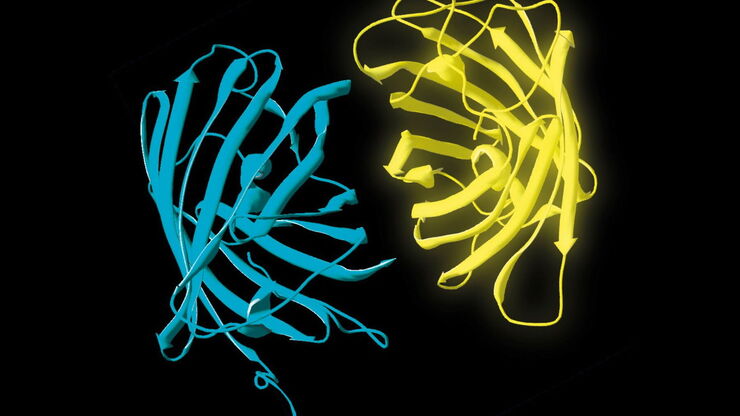
荧光寿命成像与荧光共振能量转移
荧光寿命是荧光团在发射荧光光子返回基态之前保持其激发态的平均时间长度。这取决于荧光团的分子组成和纳米环境。
FLIM将寿命测量与成像相结合:对每个图像像素以测得的荧光寿命进行颜色编码,产生额外的图像反差。因此,FLIM可以提供关于荧光分子空间分布的信息和有关其生化状态或纳米环境的信息。…
Loading...
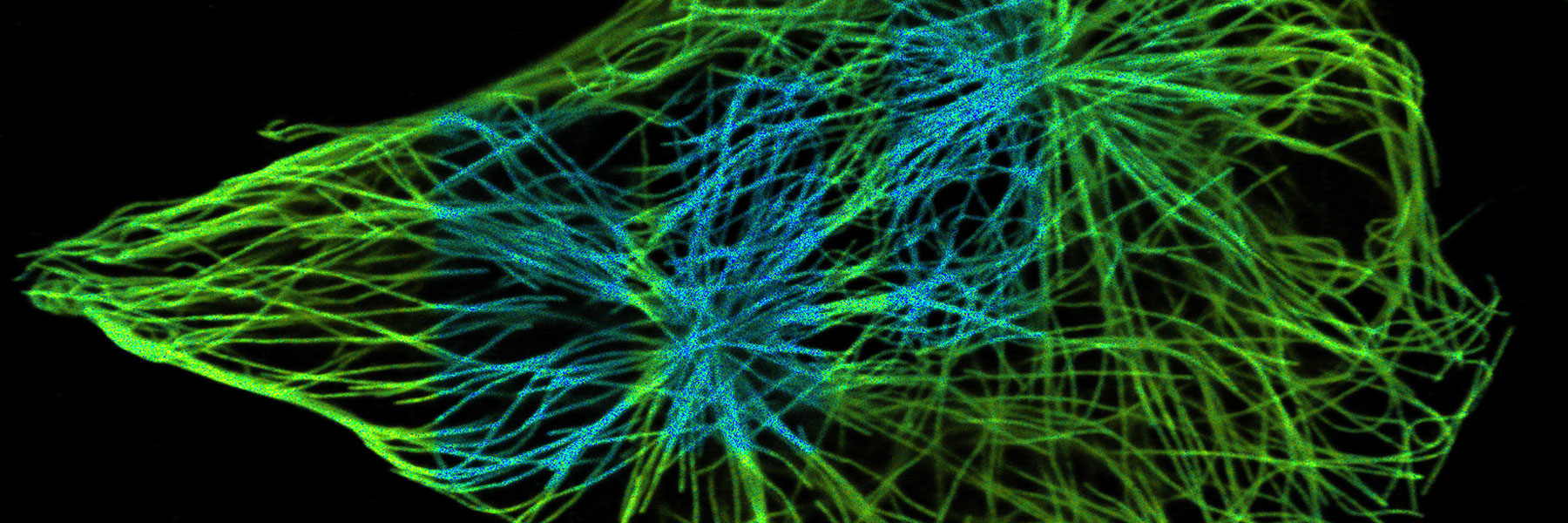
Visualizing Protein-Protein Interactions by Non-Fitting and Easy FRET-FLIM Approaches
The Webinar with Dr. Sergi Padilla-Parra is about visualizing protein-protein interaction. He gives insight into non-fitting and easy FRET-FLIM approaches.
Loading...
![[Translate to chinese:] Transverse histological cut of a rabbit tongue. 50 Mpixels images (2326 µm x 1739 µm) in 14 x 18 tiles. Lifetime gives an additional contrast that allows to differentiate different structures in histological stainings. [Translate to chinese:] Transverse histological cut of a rabbit tongue. 50 Mpixels images (2326 µm x 1739 µm) in 14 x 18 tiles. Lifetime gives an additional contrast that allows to differentiate different structures in histological stainings.](/fileadmin/_processed_/f/8/csm_lms-a-guide-to-flim_header_rabbit-tongue-Fast-FLIM_e1f38eaa8b.jpg)
A Guide to Fluorescence Lifetime Imaging Microscopy (FLIM)
The fluorescence lifetime is a measure of how long a fluorophore remains on average in its excited state before returning to the ground state by emitting a fluorescence photon.
Loading...
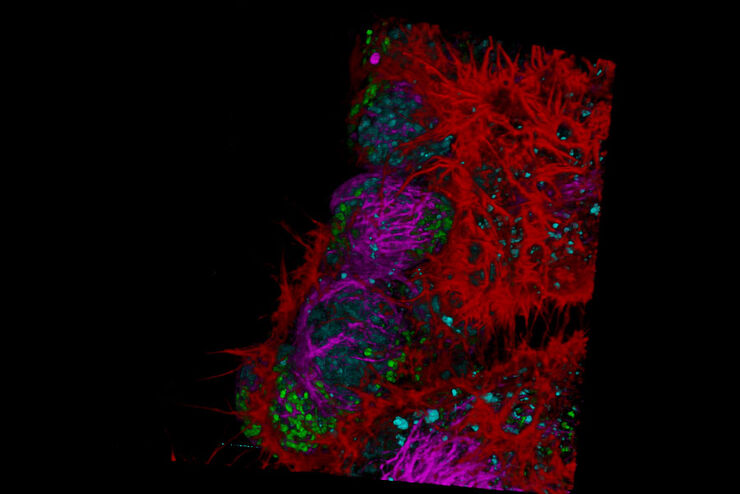
基于荧光寿命的成像图库
共聚焦显微镜技术依赖于荧光探针的有效激发以及由荧光过程所发射的光子的高效收集。荧光特性之一是其发射波长(即荧光团的光谱特征)。另一个更为强大但尚未充分探索的特性是荧光寿命(荧光团在激发态的持续时间)。基于荧光寿命的信息增加了共聚焦实验的一个额外维度,能够揭示荧光团微环境的信息,并允许对光谱特性相重叠的物种进行多重分析。
Loading...
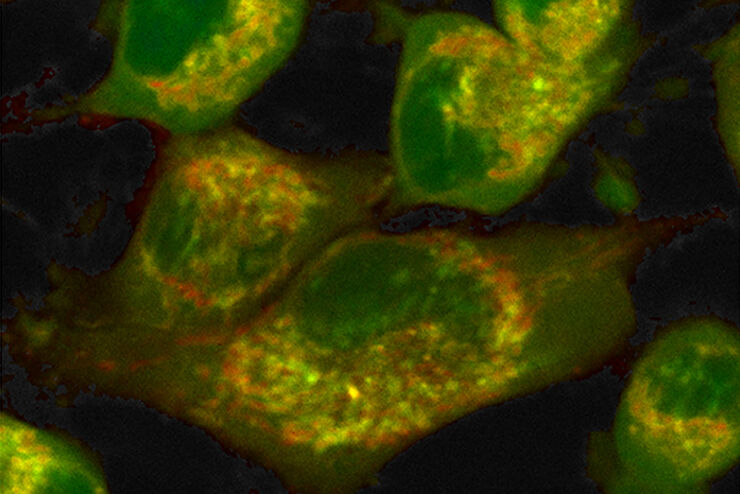
How to Quantify Changes in the Metabolic Status of Single Cells
Metabolic imaging based on fluorescence lifetime provides insights into the metabolic dynamics of cells, but its use has been limited as expertise in advanced microscopy techniques was needed.
Now,…
Loading...
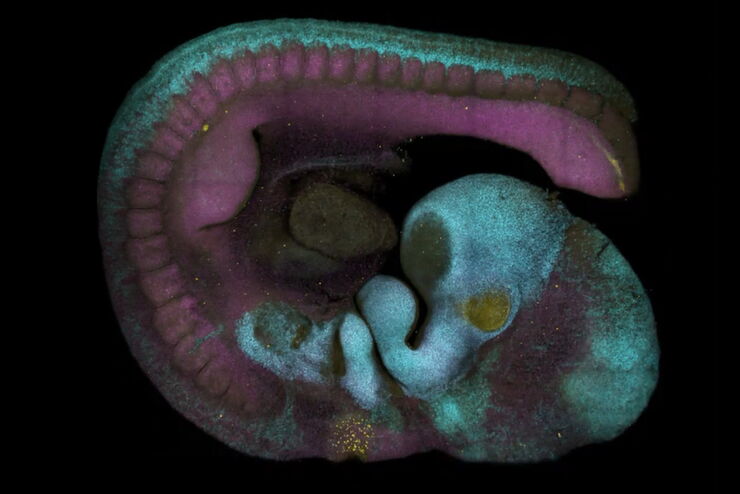
Adding Dimensions to Multiplex Molecular Imaging
Molecular imaging of living specimens offers a means to draw upon the growing body of high-throughput molecular data to better understand the underlying cellular and molecular mechanisms of complex…
Loading...
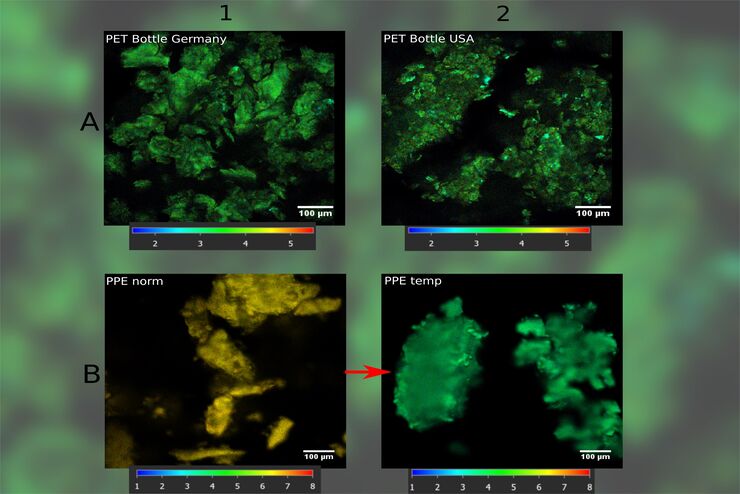
How FLIM Microscopy Helps to Detect Microplastic Pollution
The use of autofluorescence in biological samples is a widely used method to gain detailed knowledge about systems or organisms. This property is not only found in biological systems, but also…
Loading...
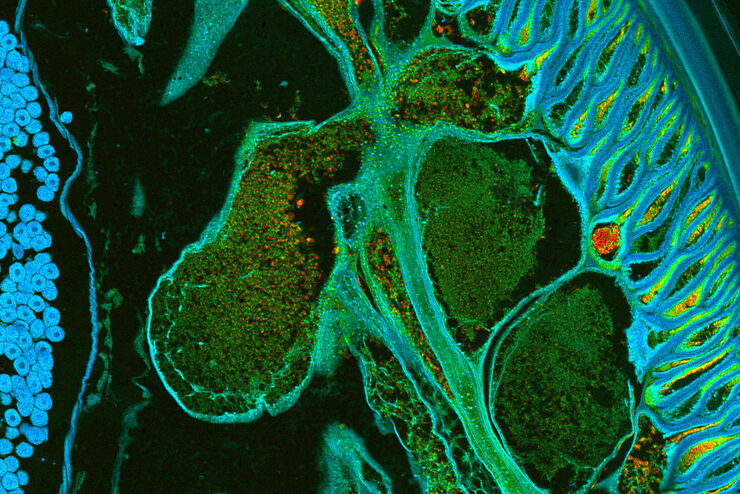
How to Uncover Hidden Dimensions in Research with Lifetime Imaging
Learn how fluorescence lifetime imaging adds information depth to your confocal experiments and reveals novel insights that are difficult or impossible to discover using conventional intensity-based…

![[Translate to chinese:] Combining spectrally resolved detection and fluorescence lifetime multiplexing [Translate to chinese:] Combining spectrally resolved detection and fluorescence lifetime multiplexing](/fileadmin/academy/2022/Abstracts_Interviews_Webinars/Combining_spectrally_resolved_detection_and_fluorescence_lifetime_multiplexing.jpg)